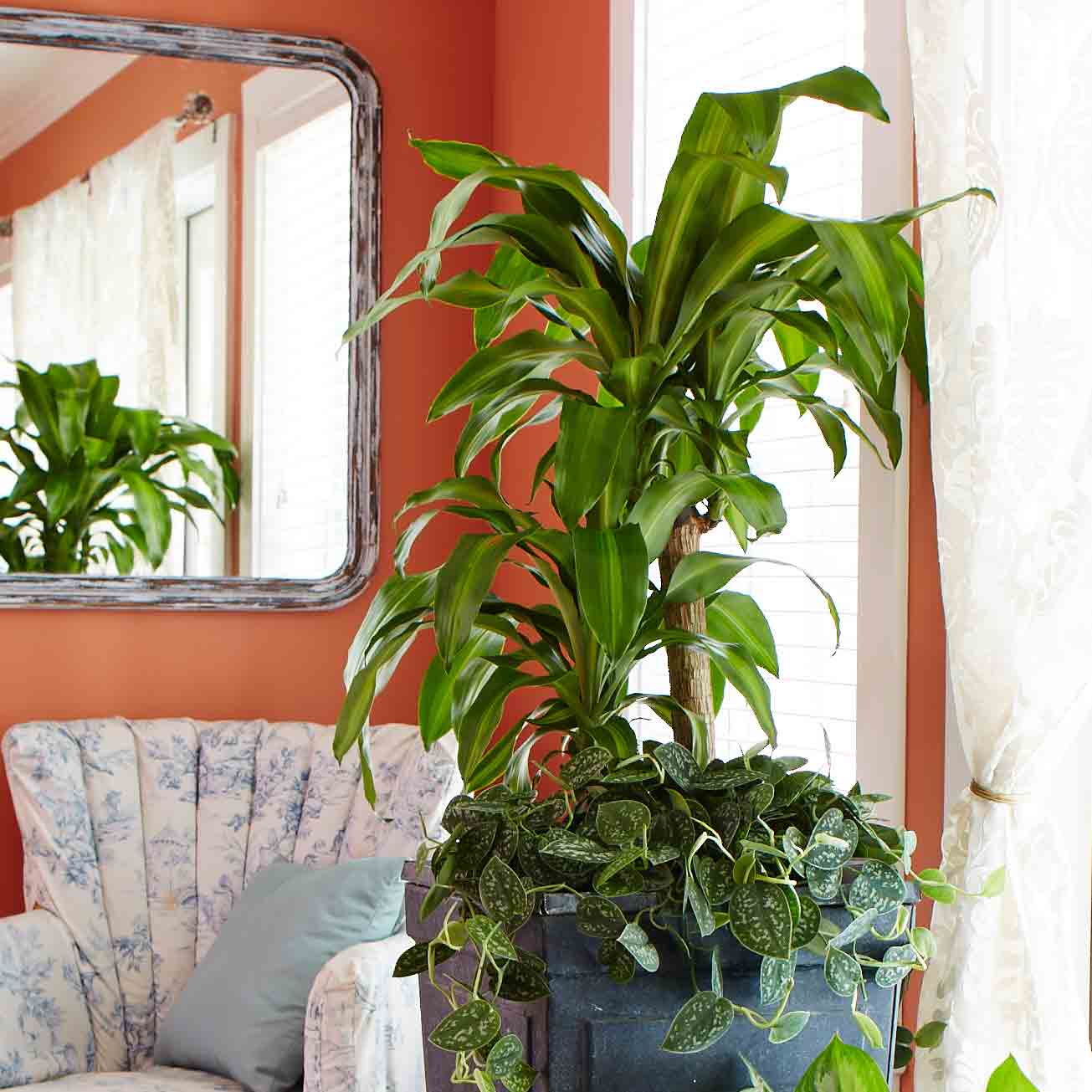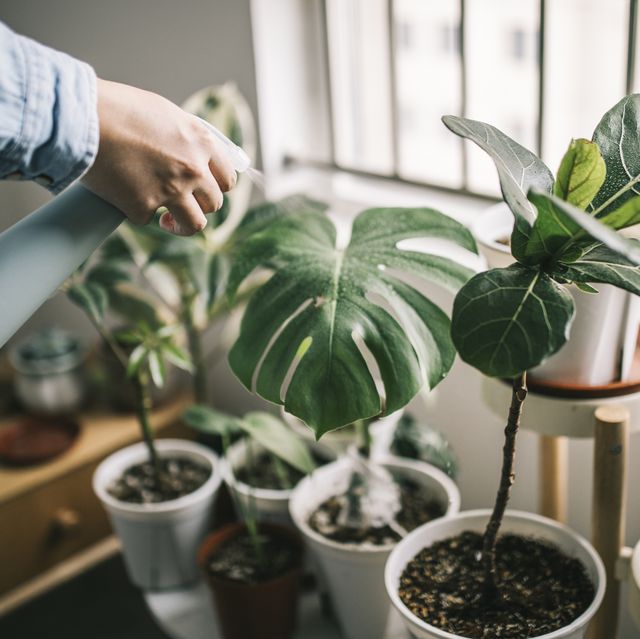Best Low-Light Indoor Plants That Thrive with Minimal Sunlight
Discover the very best Low-Light Indoor Plants for Enhancing Your Home Decor
Incorporating low-light interior plants into your home decoration can significantly enhance both visual appeals and environment, particularly precede that do not have plentiful natural light. Selections such as the Serpent Plant and ZZ Plant not only bring life to dim edges however additionally add to improved air high quality and overall wellness. Recognizing the one-of-a-kind features and care needs of these plants can cause an extra harmonious living setting. As we explore the leading options and their creative applications, one might wonder just how these selections can transform your room right into a prospering haven.

Why Choose Low-Light Plants
Why choose for low-light plants in your interior areas? The modern-day living environment frequently presents difficulties such as limited all-natural light, making it hard for conventional houseplants to grow. Low-light plants are especially adapted to endure and flourish in these problems, supplying a sensible service for individuals seeking to boost their interior spaces without the included stress of preserving more light-demanding flora.
In enhancement to their resilience, low-light plants add dramatically to the aesthetics of an area. Their diverse range of shapes, sizes, and colors permits unique interior decoration chances, developing welcoming and dynamic atmospheres. Indoor plants are known for their air-purifying top qualities, boosting interior air quality by releasing and filtering toxic substances oxygen, which can enhance total wellness.
Low-light plants likewise call for marginal maintenance, making them specifically interesting active people or those brand-new to gardening. Their flexibility enables placement in different environments, from office rooms to poorly lit edges of the home. By picking low-light plants, you can enjoy the benefits of greenery without the restraints that often accompany standard gardening, inevitably cultivating a healthier and extra aesthetically appealing indoor environment.
Leading Low-Light Indoor Plants
For those seeking to enhance their interior areas with greenery that flourishes in low-light conditions, numerous plant choices stand apart for their resilience and aesthetic allure. The Serpent Plant (Sansevieria trifasciata) is a popular choice, understood for its upright, sword-like leaves and ability to endure overlook. This hardy plant can survive in poorly lit locations while boosting interior air quality.
One more outstanding option is the Pothos (Epipremnum aureum), characterized by its heart-shaped leaves and routing creeping plants. Pothos is not just versatile to low light but also supplies a striking visual contrast when positioned on racks or hanging baskets.
The ZZ Plant (Zamioculcas zamiifolia) is equally impressive, flaunting glossy, dark eco-friendly fallen leaves that can brighten up any type of edge. Its dry spell resistance makes it suitable for busy house owners.
Treatment Tips for Low-Light Plants
Just how can you make certain that your low-light indoor plants grow in spite of minimal sunshine? Select the proper potting mix that provides great drain while preserving dampness. A well-aerated soil, such as a mix of potting dirt and perlite, can aid stop root rot.
Watering is vital; low-light plants normally require less frequent watering contrasted to their sun-loving equivalents. Constantly examine the leading inch of the soil-- if it feels dry, it's time to water. Beware of overwatering, as this can bring about fungal issues and root decay.
Feeding low-light plants must be done moderately - Best low-light indoor plants. Utilize a balanced, water-soluble plant food throughout the growing period, yet decrease or eliminate fertilizing in the inactive months
Furthermore, dust can collect on fallen leaves, Homepage preventing photosynthesis. Gently over at this website wipe the leaves with a damp towel to keep them clean.
Lastly, observe your plants closely. Indicators of distress, such as yellowing leaves or leggy development, can suggest that your plant requires changes in treatment (Best low-light indoor plants). By adhering to these treatment pointers, your low-light indoor plants can grow, including elegance and vitality to your home
Imaginative Ways to Show Plants
Boosting the aesthetic allure of your indoor area can be accomplished by attentively displaying your low-light plants in imaginative ways. Take into consideration using vertical area to your advantage; wall-mounted racks can showcase tracking plants like pothos or philodendron, including lushness while saving flooring area. Additionally, make use of plant stands of varying elevations to create aesthetic rate of interest and deepness, drawing the eye upwards.
Hanging planters are one more exceptional option, offering a significant result when suspended from the ceiling or hooks. Macramé hangers can present appearance and bohemian style, while modern-day ceramic wall mounts can fit a minimal aesthetic. For an extra cutting-edge method, repurpose unique containers such as vintage teacups or glass jars, which can add character to your display screen.
Organizing plants in collections is also effective; usage varying pot sizes and shades to develop a cohesive look. This approach not only boosts visual effect yet also provides a natural environment feeling - Best low-light indoor plants. Finally, think about putting plants near lights like lamps or windows to maximize their growth and showcase their lively foliage, thus enhancing the overall ambiance of your interior environment.
Benefits of Indoor Greenery
Various researches have actually demonstrated that including interior greenery right into your space provides a plethora of advantages, boosting both physical and mental wellness. Among the most substantial benefits of indoor plants is their ability to improve air high quality. Plants soak up carbon dioxide and launch oxygen, producing a much healthier ambience while also removing harmful toxins, therefore promoting respiratory health.
In addition, the presence of plant has been connected to decreased tension degrees. Research study shows that interacting with plants can reduce cortisol levels, which are associated with tension. This relaxing result can lead to boosted state of mind and find raised performance, making interior plants an ideal addition to offices.
Additionally, indoor greenery can improve cognitive feature. Research studies suggest that environments enriched with plants can result in increased focus, creative thinking, and general psychological clarity. The aesthetic allure of indoor plants likewise adds to a more inviting and positive environment, favorably affecting social interactions and general contentment within a room.
Verdict

Incorporating low-light indoor plants right into your home décor can considerably improve both aesthetics and environment, specifically in rooms that do not have abundant all-natural light. Varieties such as the Snake Plant and ZZ Plant not only bring life to dim corners yet likewise add to improved air top quality and overall wellness. Indoor plants are recognized for their air-purifying qualities, enhancing interior air top quality by launching and filtering contaminants oxygen, which can enhance overall health.
For those seeking to enhance their interior rooms with greenery that prospers in low-light problems, numerous plant alternatives stand out for their durability and aesthetic charm. These resilient plants, such as the Serpent Plant and ZZ Plant, flourish in dark problems and call for marginal maintenance, making them appropriate for numerous way of lives.